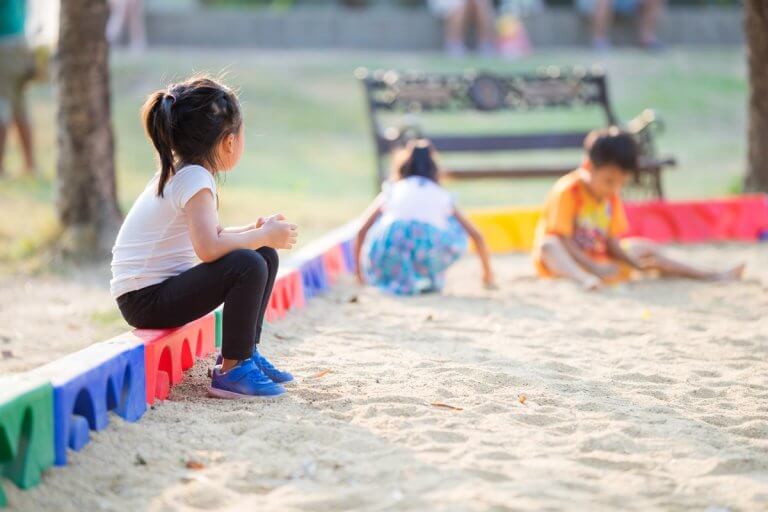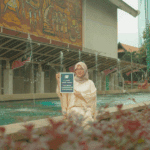
Research notes that children with autism spectrum disorder (ASD) typically experience more isolation than their non-disabled peers, and this may be especially true during recess, when kids are free to break off into groups and play with their friends.
The American Psychiatric Association (APA) describes ASD as “a complex developmental condition that involves persistent challenges in social interaction, speech and nonverbal communication, and restricted/repetitive behaviors. The effects of ASD and the severity of symptoms are different in each person.”
ASD is a lifelong disability with no known cure.
Despite this seemingly bleak outlook, researchers at the University of Washington believe ASD children could benefit from more guidance from adults or teachers, making recess more fun and inclusive for all.
According to the APA’s recent research, autistic children communicate with peers and participate in activities more often than people might presume.
Playground study shows how recess can include all children – UW Today https://t.co/NiZDEG4IcY
— Playground News (@PlayNewsWire) February 21, 2019
Speaking to Medical Xpress, Jill Locke, a research assistant professor in the UW Department of Speech and Hearing Sciences, said schools focus on supporting students in the classroom. Many children with autism spend most of their day in a general education setting, with recess being viewed as a necessary break for both students and teachers.
“For children with autism, recess may be the hardest period of the day, where kids struggle the most. There’s a lot of stimuli and disorganisation on the playground,” explained Locke, who specialises in interventions for children and adults with autism.
She notes that literature estimates that students with autism spend about one-third of their recess period alone, limiting their opportunities to practice social skills, engage with peers and develop friendships – all activities developing children typically do at recess.
The study involved observing 55 elementary-age students with autism who are primarily included in general education settings during recess. They recorded their activities, as well as how they behaved during those activities, monitoring their emotions and communication with classmates.
“We know that kids with autism experience more isolation than typically developing kids, and when you look at their social networks, kids with autism often are on the periphery, not the core members of a peer group, and they experience more bullying and rejection than typically developing kids,” said Locke. “Given how social impairment affects their daily life at school, we were surprised and pleased to see that many of the activities they engaged in are the same as what typically developing kids do.
“In an average recess period, children with autism played alone for about a quarter of the recess time, but also spent 30 percent of the time with peers. The remainder was spent in proximity to other children, but not interacting with them,” said the report.
Children with autism has almost trebled in a decade. https://t.co/YZyNZwA5FW
— INTO-NI (@INTO_NI) May 13, 2019
In most cases, the children with autism initiated conversation while engaged in a joint activity, such as playing with the same toys or participating in a game. The youngest children – those in kindergarten through second grade – initiated conversations with autistic children at an average of 8.3 times, while the number was 6.7 for those in grades three through five.
While not every conversation attempt was successful – a child with autism might not pick up on certain nonverbal cues, for example, or might try to talk to someone from across the playground – the efforts show intent and motivation, said Locke.
She said this shows there are opportunities to make recess more inclusive.
“Monkey bars and swings and toys lend themselves to partner activities, the playground to a scavenger hunt and the lunch table to conversation games. That also likely necessitates more guidance from adult recess monitors or teachers,” Locke notes, “but inclusion and empathy also can be cultivated as part of a classroom or school culture.
“For kids with autism, facilitated recess is a much safer space than joining an unsupervised basketball game. It’s less about winning and more about engaging, playing and having fun together,” said Locke.
Liked this? Then you’ll love…
Should SEN children be enrolled in mainstream schools?
How schools can use technology to help students with disabilities







